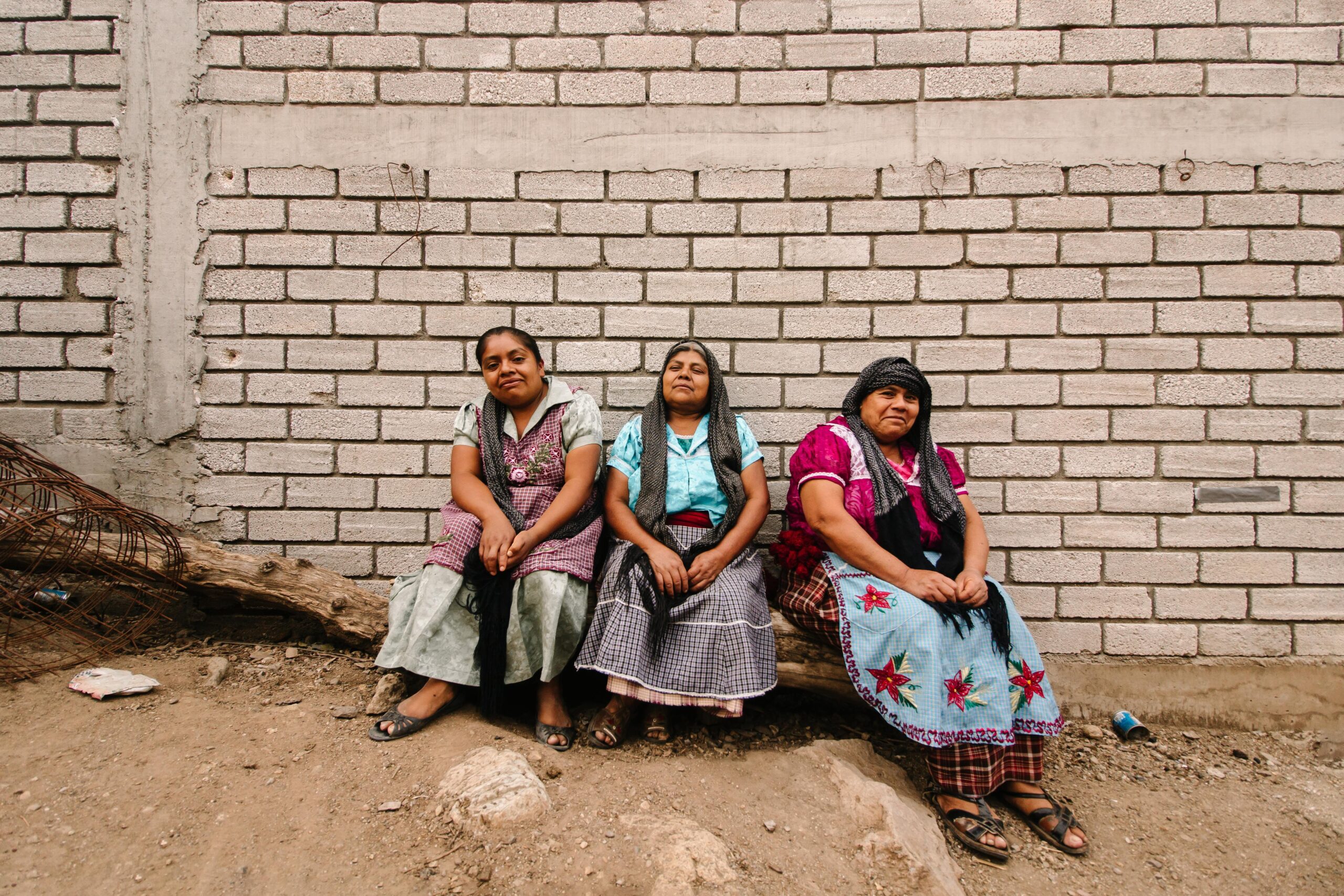By Léo Moreira
When one thinks of nuclear destruction, the image of a spectacular, unique, and indiscriminate nuclear detonation comes to mind. However, the nuclear Armageddon is not set in a speculative future nor a distant past but is rather a lived reality for many, in the contemporary global world. If the Treaty on the Prohibition of Nuclear Weapons adopted at the United Nations on 7 July 2017, banned nuclear weapons, it did not put an end to the exercise of nuclear power.
This article highlights the importance of analyzing the racialized, gendered, and colonial dimensions of the global nuclear order through a feminist and decolonial approach. Feminist scholars Shine Choi and Catherine Eschle argue that little attention has been given to the coloniality of nuclear issues in feminist International Relations. To reduce this gap within Feminist Security Studies and Feminist IR, they suggest engaging with the literature on ‘nuclear colonialism,’ a concept, that emerged from Indigenous Studies and describes “a system of domination through which governments and corporations disproportionately target and devastate indigenous peoples and their lands to maintain the nuclear production process”.
Narrative of destructiveness
Many communities, still today, are affected by each stage of the “nuclear fuel chain,” from the extraction of uranium, through storage and nuclear bomb tests, up to waste disposal of radioactive materials. Anne Sisson Runyan, who examines the gendered effects of the “nuclear cycle” of North American Indigenous women, shows how the ‘nuclear fuel chain’ tends to have a disproportionate effect on certain communities.
About 70 percent of the world’s uranium is located on the lands of Indigenous peoples on almost every continent. Parallelly, nuclear wastes are buried permanently in DGRs (Deep Geological Repository) on Indigenous territories. Nuclear powers have effectively pursued nuclear testing in the Pacific in the post-Cold War era in both colonized territories and postcolonial states, which induced dramatic, long-lasting effects on the local populations and the environment. A nuclear weapon detonation in a populated area is not indiscriminate even in its immediate destructive effects but rather a deliberate colonial or neo-colonial use of nuclear force. From 1946 to 1996, the First World countries detonated 318 nuclear devices in the Pacific, making the region a laboratory for nuclear tests
Furthermore, as with the impacts of other weapons, women and other minorities suffering from pre-existing socio-economic inequalities are disproportionately affected by the ‘nuclear fuel channel.’ Women are biologically more vulnerable to harmful health effects of ionizing radiation than men. For instance, women are more likely to develop cancers due to exposure to radioactive fallout. They are also more affected in relation to psychological health, displacement, social stigma, and discrimination. Women suffer from intensified discrimination and marginalization in respect of their reproductive rights when they are blamed for sterility or abnormality.
Nuclear language and anti-nuclear resistance
Language is never a neutral and static vehicle of thought but an active and dynamic process through which knowledge is created and expressed, which induces an inevitable multilateral exercise of power. Analyzing the production of discourse and the use of language in nuclear politics and anti-nuclear movements reveals a lot about the colonial, gendered, and racialized components of nuclear power.
A gendered dichotomy can be observed in the production of discourse and language used in ‘nuclear politics.’ On the one hand, nuclear weapons tend to be discussed within a realm of scientific experts and experienced politicians, associated with a masculine identity that bears values of strength, protection, and rationality. On the other hand, the anti-nuclear discourses are associated with a feminine identity because of their focus on individual bodies and emotions and their reliance on morality and practical implications.
The rhetoric of ‘Nukespeak’ describes how this masculinized dominant discourse limits the conversation to discussion in technical and abstract terms that obliviate human vulnerability and portray nuclear concepts in a neutral or positive way. Rhetoric scholar Edward Schiappa identifies two nukespeak strategies, namely domestication and bureaucratization. The former refers to the use of ordinary language to name nuclear weapons with metaphors such as “Little Boy” and “Fat Man”. The latter relies on decision-making language that makes nuclear discussion inaccessible to the general public through administrative and scientific terminology (acronyms, abstractions…) that dematerialize the world.
Feminist scholars Rebecca H Hogue and Anaïs Maurer see the work of anti-nuclear women Pacific activists in art and poetry as an alternative way of resisting the masculinized dominant discourse in the late 1980s. Many of the early anti-nuclear feminists decided to favor poetry over statistical reports, a decision that was politically motivated. Women’s experiences were ignored, and their voices were marginalized even within anti-nuclear movement discussions where they headed. Turning to poetry re-embodied the gendered and colonial effects of nuclear power and their practical implications in their communities. Using art allowed them to relocate the discussion of nuclear power to the scale of the bodies, which challenges the myth of indiscriminate nuclear destructiveness.
Cover image by WikiImages




